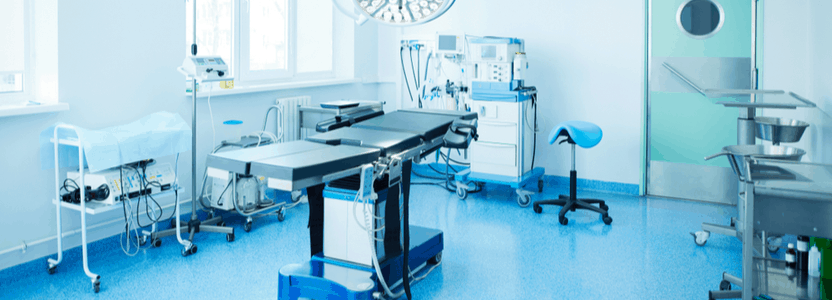Blog
A Modern Hospital Room Is Adaptable

Have you been in a modern hospital room lately? If you have, you may have noticed a few things. First, almost everything is on wheels including the wall partitions. This is because flexible workspace helps healthcare administrators adapt to the changing market and technology. An operating room today can easily be transformed into a patient room tomorrow.
Technology’s Role
Advanced technology is changing how hospital rooms look and function. The speed at which technology is advancing means healthcare designers must design patient rooms with modern equipment in mind but also plan for future technology needs. With the future unknown, adaptability is key.
Adaptable Patient Rooms
The shifting market and the development of technology presents healthcare architects and designers with a unique opportunity to create an environment that serves patients and staff efficiently and aesthetically today and in the future. To maintain adaptability, modern patient rooms should have a 16 ft floor to ceiling clearance for mobile equipment and wide doors for easy access.
Modular components are growing in popularity too. A modular component is an adaptable space that allows a room to be completely reconfigured with an Allen wrench. This type of adaptability and flexibility is key when trying to predict the unknown future of healthcare and the technology that will be used.
Today’s healthcare designers are implementing modern technology to optimize workflow but also designing flexible spaces to allow for changes down the road.
Marie Wikoff is the creator of Wikoff Design Studio based out of Reno, Nevada. Her expertise in healthcare design has helped develop modern design for healthcare organizations locally, regionally and internationally. Her credentials include Evidence-Based Design Accreditation and Certification (EDAC), American Academy of Healthcare Interior Designer (CHID), the National Council of Interior Design Qualification (NCIDQ) and LEED AP. Contact Marie Wikoff







